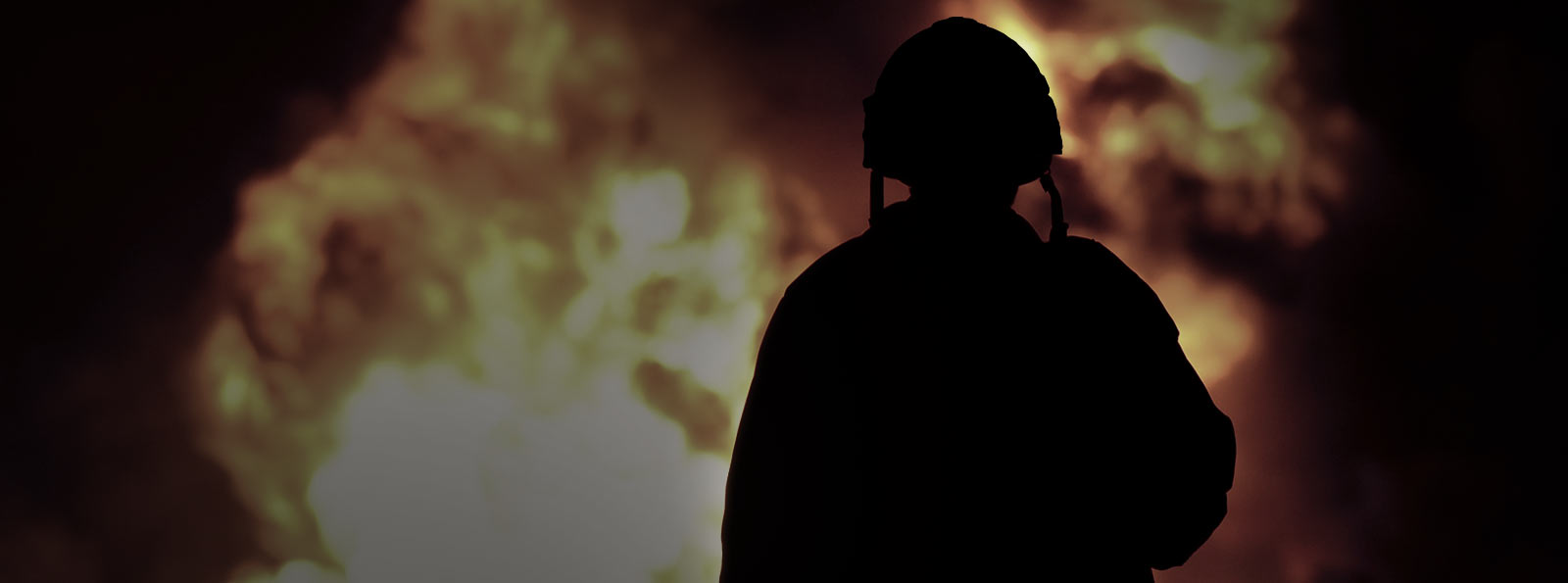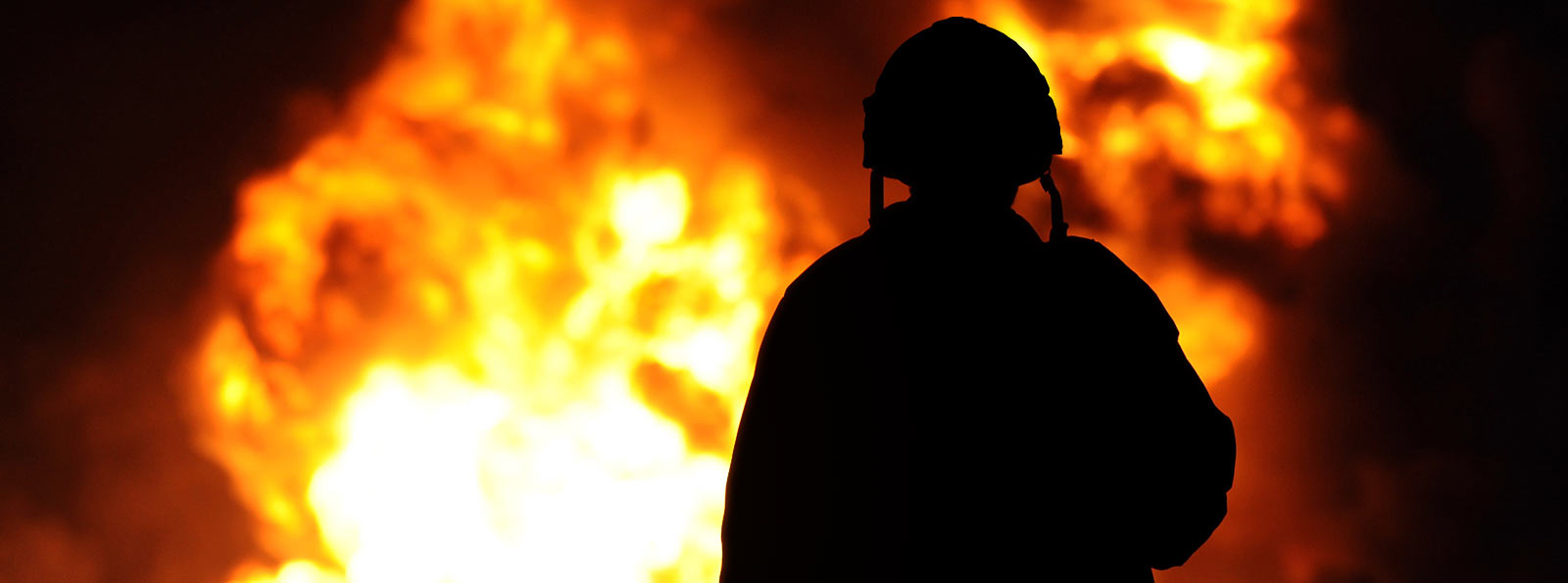



The federal government is cutting services for veterans even as it ramps up spending on a publicity program to honour them.
Overall funding for Veterans Affairs has dropped, with many of those cuts coming from disability, health care and reintegration services. The department says there’s less need for those “traditional” services, even as soldiers return home from serving in Afghanistan with needs of their own.
Meantime, funding for Canada Remembers, a program intended to honour veterans, increased by double digits this year.

Infographic: Funding for veterans programs on a downward trend.

Veterans and PSAC members make their way to hold a news conference on Parliament Hill in Ottawa in January 2014. The groups were asking ask the government to reconsider its decision to close Veterans Affairs district offices in nine communities.
The changes come amid an outcry from veterans old and young alike that the country they fought for is ignoring them now they’re back.
Ex-soldiers spent the early months of this year on Parliament Hill unsuccessfully urging the Harper government to renege on its plan to shutter eight regional Veterans Affairs offices across the country.
Those men and women, some who served in the Second World War, say they feel betrayed by the government that promised to take care of them and their younger compatriots.
The veterans, alongside a lengthy list of critics, have consistently called for increased funding to a number of programs Veterans Minister Julian Fantino administers. Some have even pressured him to resign.
But the department is not immune to government-wide budget cuts the Conservatives have been implementing in the quest to bring the budget back to balance.
Spending documents released last month indicate overall spending at Veterans Affairs will continue on a downward trend. In 2013-14, the department’s initial estimates projected spending of $3,637,899,334. That figure has dropped by two per cent for 2014-15, to $3,567,924,114.
The decrease, according to the department, is primarily on account of a reduction in requirements for “traditional” veteran programs, as well as some administrative savings.
“Veterans Affairs Canada’s budget fluctuates each year due to the demand-driven nature of its programs, which are based on veterans’ needs and entitlements,” the department’s section in the government’s 2014-15 main estimates reads.
The number of “traditional” war veterans is declining, with an average age now of 88 years old, according to the department.
The cuts hit programs such as disability and death compensation, health care and re-establishment services such as helping vets find jobs.

Nov 11, 2013 - A poppy is pinned on a soldier’s uniform at the final Remembrance Day ceremony held by Canadian soldiers in Afghanistan.
Spending on the Canada Remembers program, meanwhile, is projected to increase almost 21 per cent.
The program is intended to honour veterans and those who gave the ultimate sacrifice in battle, celebrate military milestones in Canadian history and encourage national pride in that history. Part of the funding is also earmarked for the construction of a new, permanent visitor centre at the Canadian National Vimy Memorial in France.
Overall spending at the department is expected to take another dip next year, in 2015-16, going down to $3,561,194, according to planning documents recently published.
Much of that decrease will also come from the disability pension program, war veterans allowance and some programs associated with health care and re-establishment services.
By: Amy Minsky, Global News
—
If you or someone you know is in crisis and needs help, resources are available. In case of an emergency, please call 911. 911 can send immediate help. For a list of available mental health programs and services around Canada, please refer to the list here.